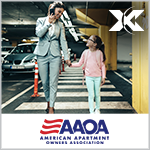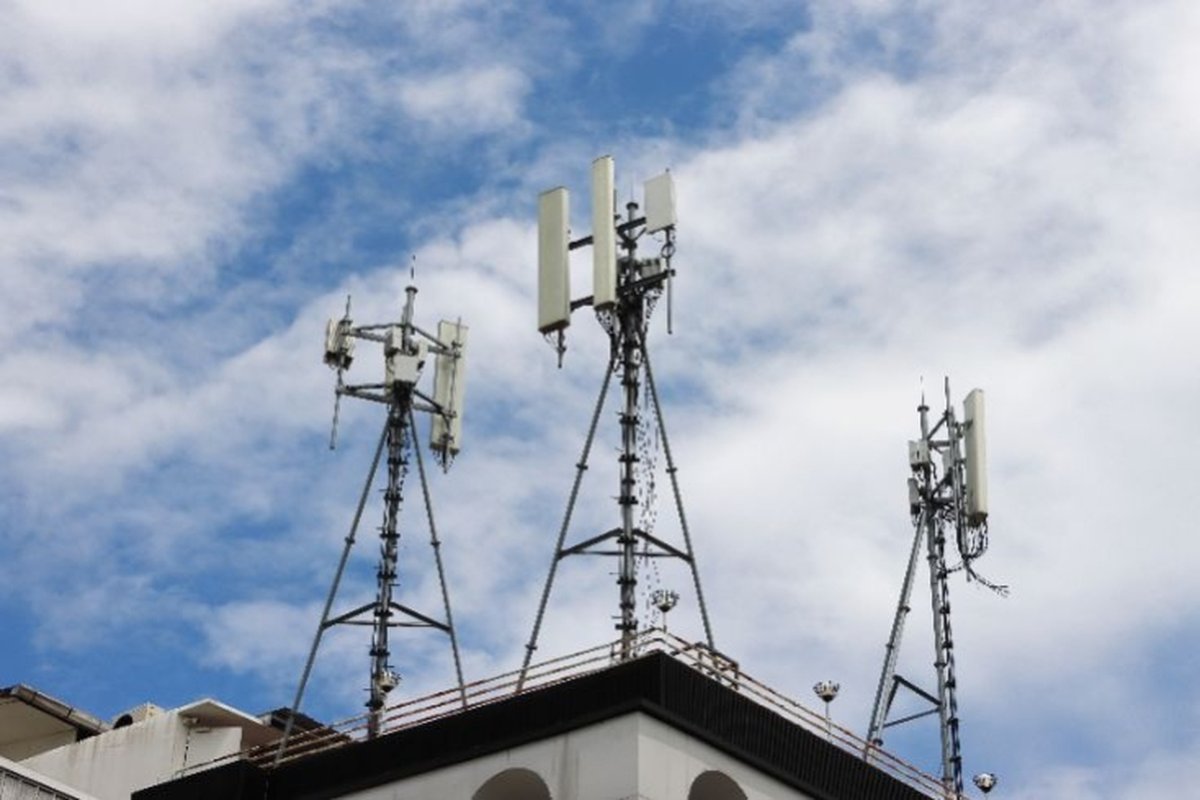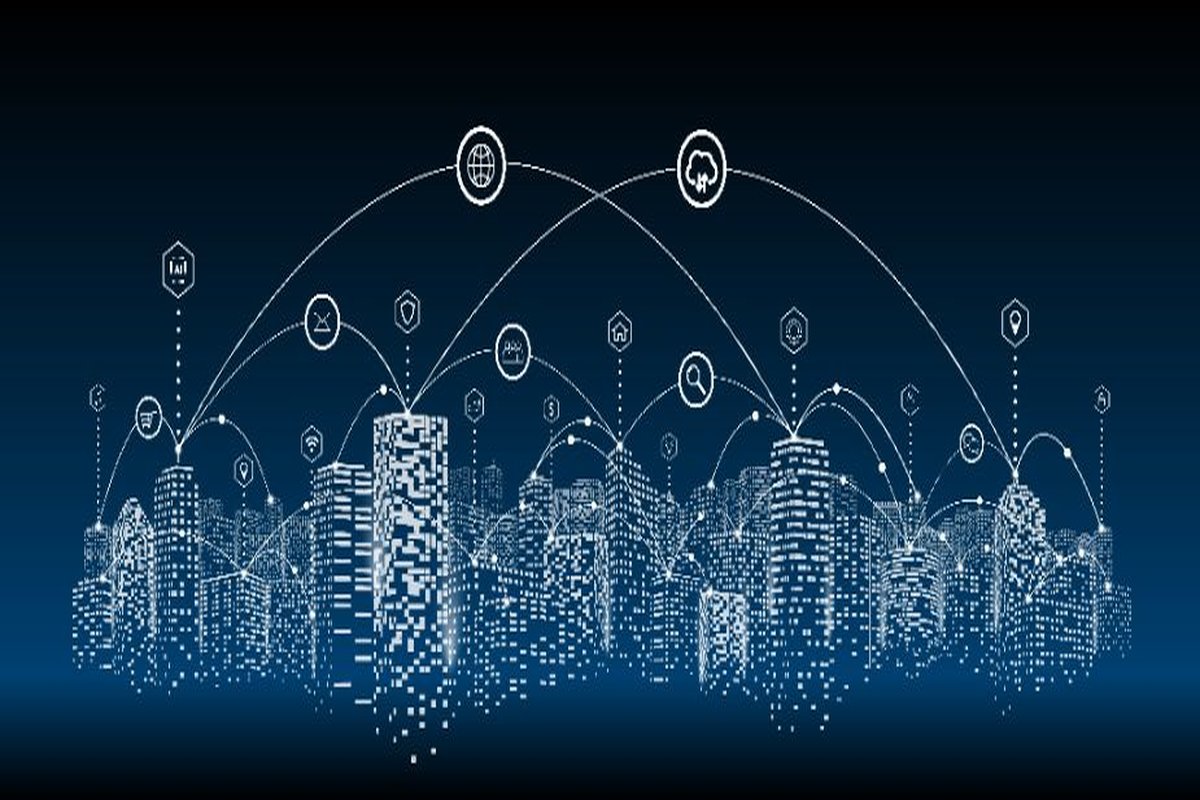Spotty or non-existent cellular coverage in your parking garages can be putting your tenants – and by default, your business – at risk. Without reliable cellular connectivity, tenants can be placed in precarious situations that can have a long-term impact on your building’s reputation and its ability to retain tenants and attract new ones – or worse yet, can result in someone getting seriously hurt.
If your tenants are experiencing dropped calls on their cellphones or can’t get a signal in your parking garage, there are likely one or more external factors causing these cellular coverage challenges in parking facilities. The good news is that there are technology solutions that can put building owners like you in control of cellular connectivity in your parking facilities to ease safety concerns, while introducing new ways to differentiate your properties.
Causes and solutions
Cellular technologies have come a long way and cellular signals outside are typically good quality. But oftentimes, building materials, busy, urban environments, and underground locations can block carrier’s signals from entering parking facilities. Whether a parking facility is indoor or outdoor also requires consideration when building owners are looking to address cellular issues, according to Marcus Carstens, business operations lead at Waveform, which custom designs cellular signal boosters for a wide variety of applications.
An array of solutions and technologies are available to improve general communications in parking facilities. “In the early days, there was a lot of playing around with Wi-Fi, but cellular was found to be more reliable because it currently exists everywhere. It might not always be strong, but it does exist,” says Carstens.
In addition to low-cost but unreliable Wi-Fi calling, there are also active Distributed Antenna Systems (DAS) which are high performance although cost-prohibitive for most facilities. On the other hand, there are hybrid active DAS solutions that combine the digital distribution performance benefits of active DAS, but at a much lower price point. One example is CEL-FI QUATRA, which Waveform recommends to amplify all major carriers for larger indoor parking facilities. With its industry leading signal gain and coverage footprint, no matter which carrier a tenant subscribes to, they will have cellular reception.
As cellular signal can also be weak in many outdoor parking lots, what is often needed is a reliable cellular signal booster that is powerful and flexible enough to overcome the unique challenges posed in outdoor environments, according to Carstens. That is why he often recommends a Smart Signal Booster – like CEL-FI GO – that is NEMA 4 rated so it can withstand harsh conditions including dust and water exposure. Any smart booster you chose should also be carrier-approved and network-safe.
Carstens says that it typically takes installation partners with booster experience only two to four hours – including cabling – to complete the booster installation.
Another possibility with cellular connectivity in your parking garage
Ensuring cellular connectivity in your parking garage not only helps address safety concerns but it can also create a compelling incentive for residents who want to live in a green environment.
As electric vehicles become mainstream, the availability of electric vehicle (EV) charging stations adds a certain appeal to residential properties and is anticipated to factor into tenants’ rental decisions. While a quick review of the websites of EV charging station manufacturers suggests these stations can be simply plugged in, it is important to know that EV charging stations need reliable cellular connectivity to work.
“When you plug in your car to charge it, you swipe a card, enter a code, and log into a system to book and sometimes pay for a charge. This is the way manufacturers of these EV charging systems monitor which stations are being used, how often, and how many units of power are being charged on the unit in a day or a week. That communication happens wirelessly through cellular frequencies,” Carstens explains.
Carstens also recommends the CEL-FI GO Smart Signal Booster for parking facilities that are planning to add EV charging stations. “These stations aren’t sending big amounts of data. It’s really tiny bits of data trickling up and down. So realistically the GO could probably service 50 or so stations. You’re going to hit limitations on how many fit into an area before you reach the maximum of how many the GO can actually support.”
Picking the right solution
When evaluating solutions to ensure cellular connectivity in your parking facilities for tenant safety and general communications as well as other applications like EV charging stations, consider asking your vendor or integrator partner the following questions:
- Does the solution work for both indoor and outdoor applications?
- What is the actual coverage footprint of the system (not just the specifications)?
- Is it easy to install?
- Is it a network safe, carrier grade solution?
- Is it future proof?
Understanding the importance of cellular connectivity in your parking facilities and getting answers to these questions can help you determine the best solution to meet the needs of your tenants today and tomorrow. For more information on how CEL-FI is used for cellular reception inside apartment parking facilities, download “Cellular Coverage is Essential for EV Charging Stations in Parking Lots and Indoor Structures”.
A version of this article was originally published by the American Apartment Owners Association.




